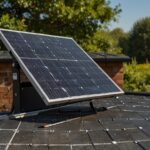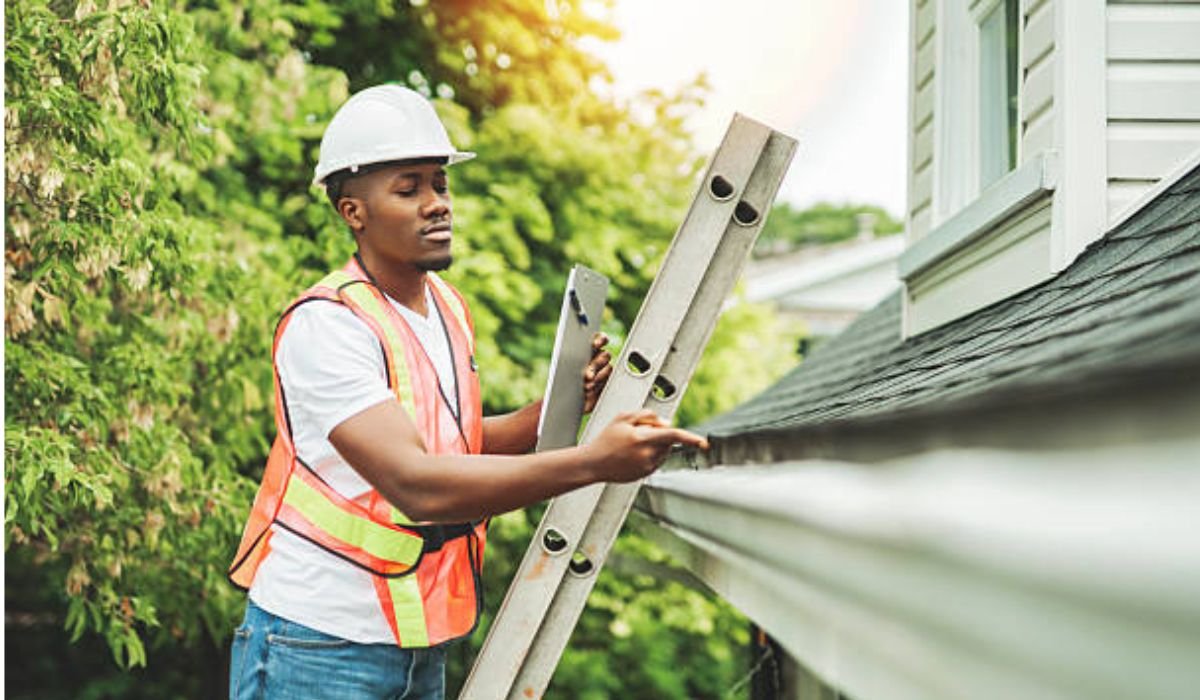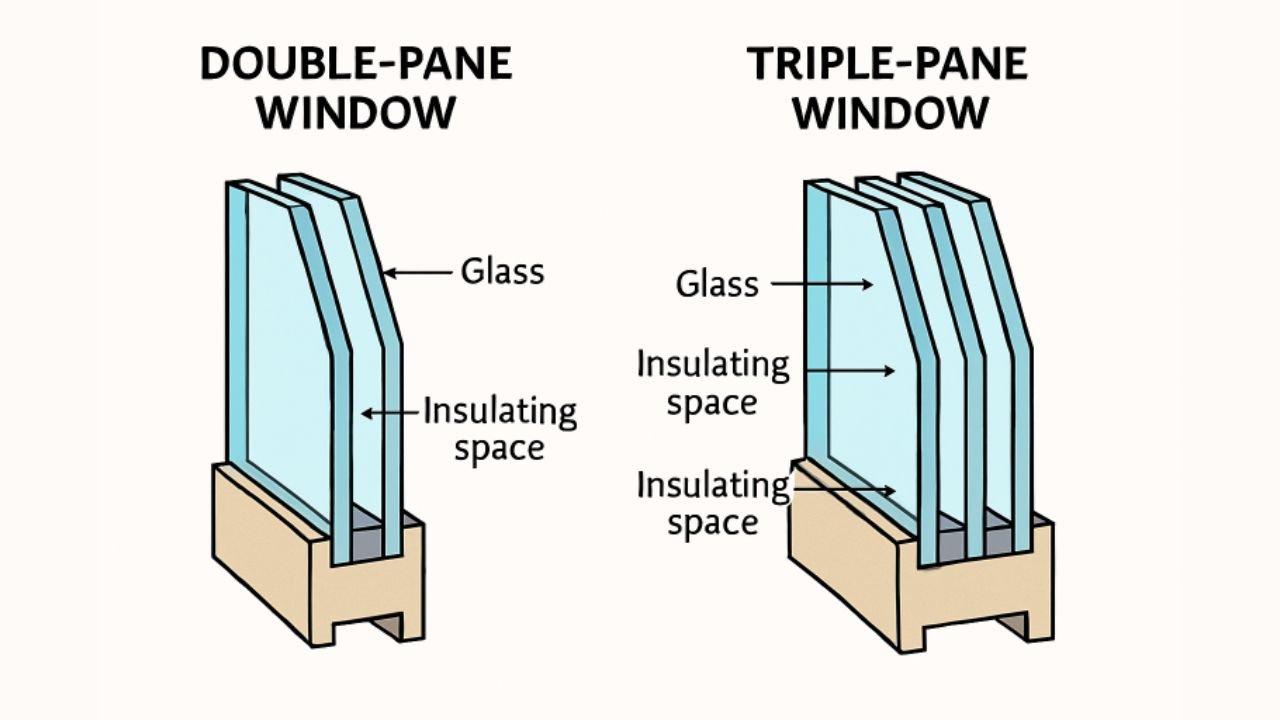Hurricanes are among the most destructive natural disasters, bringing high winds, heavy rain, and flying debris that can severely damage homes. While storm shutters, sandbags, and emergency kits are important, your roof is your home’s first line of defense against hurricane damage. Proper hurricane preparedness begins at the top. Understanding how to safeguard your roof before, during, and after a hurricane can prevent costly repairs, ensure the safety of your family, and maintain the structural integrity of your home.
This comprehensive guide explores practical steps homeowners can take to protect their roofs from hurricane damage, including preventive measures, inspection tips, and emergency strategies.
1. Know Your Roof Type and Vulnerabilities
Different roofing materials respond differently to high winds and heavy rainfall. Assessing your roof’s type and condition is the first step in hurricane preparedness.
a. Asphalt Shingles
Asphalt shingles are common due to their affordability, but they can be susceptible to wind uplift if not properly secured. Missing or loose shingles can increase the risk of leaks.
b. Metal Roofs
Metal roofing is durable and resistant to wind, but panels must be securely fastened to prevent them from being ripped off during a storm.
c. Tile Roofs
Clay or concrete tiles are heavy and can withstand wind, but loose or cracked tiles are prone to falling or breaking, creating hazards for people and property.
d. Flat Roofs
Flat roofs are often used in commercial buildings. While less susceptible to wind uplift, they are prone to water pooling and leaks during heavy rain.
Knowing your roof’s vulnerabilities allows you to take specific preventive measures tailored to your roofing material.
2. Regular Roof Inspections
Routine inspections are key to identifying potential weaknesses that could worsen during a hurricane. Conduct a thorough check at least twice a year, ideally before hurricane season.
What to look for:
- Loose, missing, or cracked shingles or tiles
- Rusted or loose flashing around chimneys, vents, and skylights
- Signs of water damage or mold inside the attic
- Debris buildup in gutters and downspouts
Hiring a professional roofing company to inspect your roof can ensure that all potential risks are properly addressed. For homeowners looking for expert guidance, services like Roof Pro Plus offer professional roof inspections and maintenance tailored to hurricane preparedness.
ALSO READ: How Long Does a Roof Last? Lifespan by Material
3. Reinforce Roof Structures
Strengthening your roof structure can reduce the risk of severe damage during high winds. Structural reinforcements may include:
- Hurricane Straps and Clips: These metal connectors secure the roof to the walls, helping resist wind uplift.
- Roof-to-Wall Anchors: Bolting the roof frame to wall studs adds stability.
- Truss Reinforcement: Strengthening the roof trusses ensures the entire roof system remains intact under heavy wind loads.
Even minor reinforcements can make a significant difference in preventing structural failure.
4. Secure Loose Objects and Debris
Flying debris is one of the most dangerous aspects of hurricanes. Loose roof tiles, shingles, and nearby objects can become projectiles, causing damage to your home or neighboring properties.
Preventive measures include:
- Trimming overhanging tree branches near your roof
- Securing or storing outdoor furniture, garden tools, and decorations
- Ensuring roof-mounted equipment, like satellite dishes or solar panels, is tightly fastened
By removing potential hazards before a storm, you reduce the likelihood of additional roof damage.
5. Maintain Gutters and Downspouts
Clogged gutters can lead to water buildup, which may cause roof leaks or even structural damage during a hurricane.
Tips for maintaining your gutters:
- Clear leaves, sticks, and debris regularly
- Ensure downspouts direct water away from your home’s foundation
- Install gutter guards to prevent clogging during heavy rain
Proper water management helps prevent roof leaks and reduces the risk of interior water damage during storms.
6. Roof Coverings and Protective Measures
Temporary protective measures can provide additional defense during hurricanes:
- Tarping: Covering vulnerable areas with waterproof tarps can prevent water from entering through damaged sections of the roof.
- Storm Shutters for Skylights: Installing storm shutters or protective covers on skylights reduces the risk of glass breakage.
- Sealants: Applying high-quality sealants around roof penetrations can prevent leaks during heavy rainfall.
While these measures are not substitutes for a strong roof, they help mitigate damage during extreme weather events.
7. Insurance and Documentation
Ensuring that your home insurance policy covers hurricane-related roof damage is vital. Documenting your roof’s condition before a hurricane can also make filing a claim easier.
Steps to take:
- Take photos of the roof’s current condition
- Keep receipts and records of repairs or maintenance
- Review your insurance policy for coverage limits, deductibles, and exclusions
Proper documentation can save time and stress if you need to make a claim after a storm.
8. Emergency Planning
Even with a well-prepared roof, hurricanes can cause unexpected damage. Preparing an emergency plan ensures safety for you and your family:
- Evacuation Plan: Know local evacuation routes and shelters.
- Safe Rooms: Identify the safest room in your home, away from windows and doors.
- Emergency Kit: Include essentials like water, food, flashlights, batteries, and first aid supplies.
- Communication Plan: Ensure all family members know how to stay in contact during and after a hurricane.
Being prepared reduces panic and ensures everyone stays safe during extreme weather conditions.
9. Post-Hurricane Roof Assessment
After the storm, inspecting your roof for damage is critical. Look for:
- Missing or damaged shingles or tiles
- Leaks or water stains inside the home
- Loose flashing, gutters, or vents
- Signs of structural compromise, such as sagging
Avoid climbing on a wet or unstable roof; instead, hire a professional roofing contractor to perform a thorough post-storm assessment. Prompt repairs prevent minor damage from escalating into costly structural problems.
10. Long-Term Roof Maintenance
Hurricane preparedness is not a one-time effort. Consistent maintenance ensures your roof remains resilient over time.
Ongoing maintenance tips:
- Schedule professional inspections annually
- Replace damaged shingles or tiles promptly
- Clean gutters regularly
- Trim trees and maintain surrounding landscape
A well-maintained roof is better equipped to withstand hurricanes and other extreme weather conditions.
Conclusion
Hurricanes pose a significant threat to homes, and the roof is one of the most critical lines of defense. By understanding your roof type, performing regular inspections, reinforcing structures, managing debris, maintaining gutters, and implementing temporary protective measures, you can significantly reduce the risk of severe damage.
In addition, preparing legally and financially with proper insurance documentation ensures peace of mind before a storm strikes. Post-hurricane assessment and ongoing maintenance further protect your home and extend the lifespan of your roof.
For homeowners seeking professional guidance on roof inspections, repairs, and hurricane preparedness strategies, Roof Pro Plus provides expert services designed to safeguard your roof and protect your home during extreme weather events.
By taking proactive steps now, you can minimize the impact of hurricanes, maintain the safety of your family, and preserve the integrity of your home for years to come.
YOU MAY ALSO LIKE: The Canadian Home’s Battle Armor: Why Your Family Siding Choice is a Bigger Deal Than You Think hardie siding










